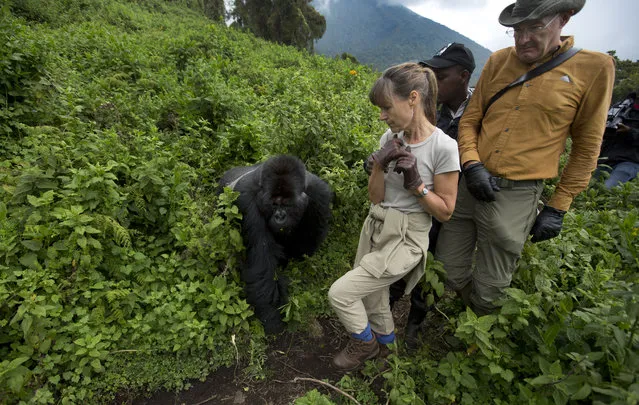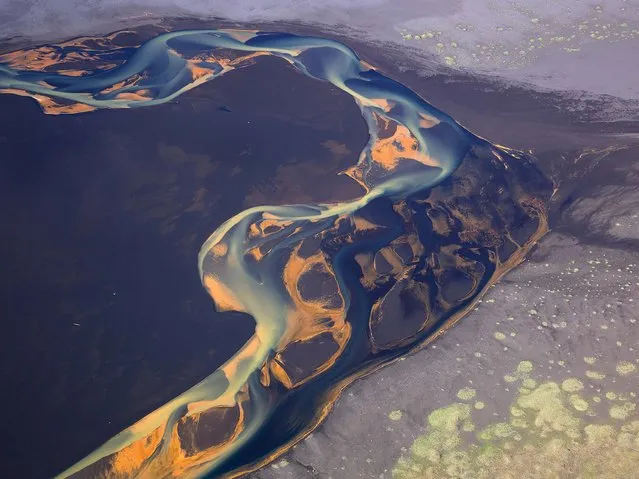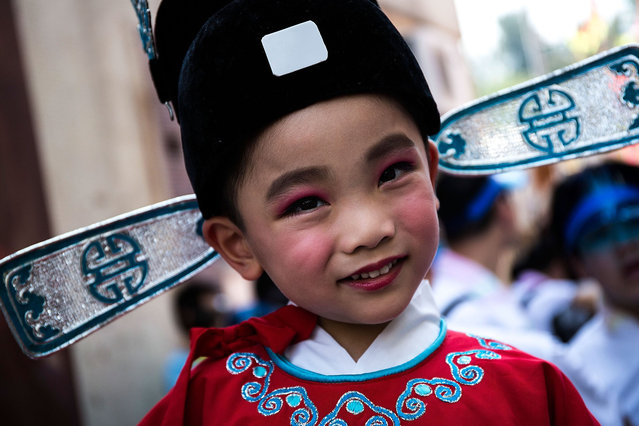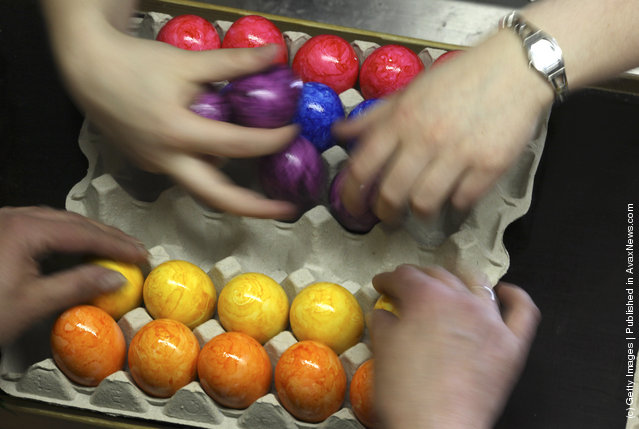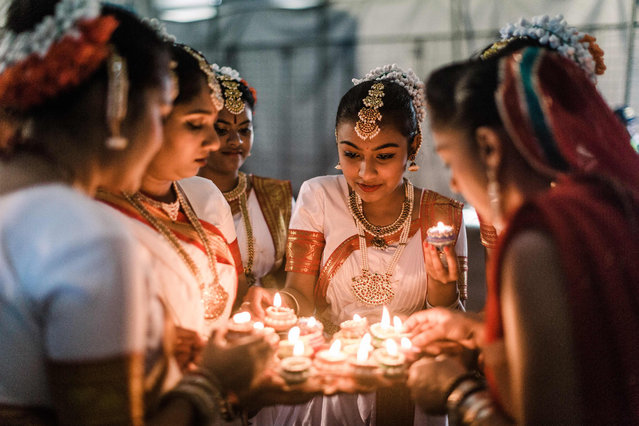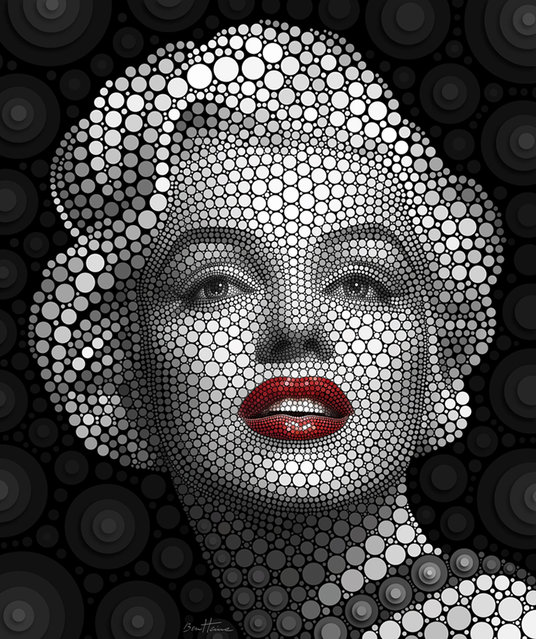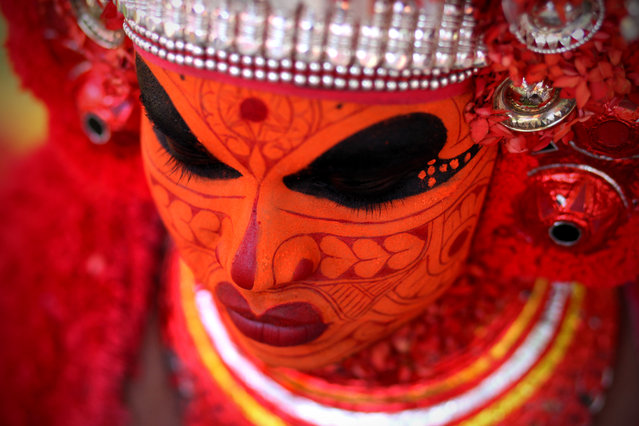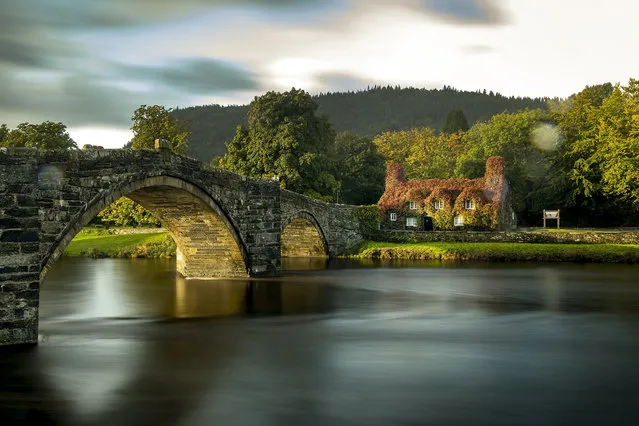
During a break from the rain of Storm Aileen, the leaves of the Virginia creeper begin to take on their Autumn colour at the Tu Hwnt i'r Bont tea room on the banks of the River Conwy at Llanrwst in north Wales on September 13, 2017 in Llandudno, Wales. The cottage named Tu Hwnt i'r Bont (Beyond the Bridge) was built in 1480 and has become a magnet for phtographers and tourists from across the world during Autumn. (Photo by Christopher Furlong/Getty Images)
17 Jan 2018 08:00:00,post received
0 comments

